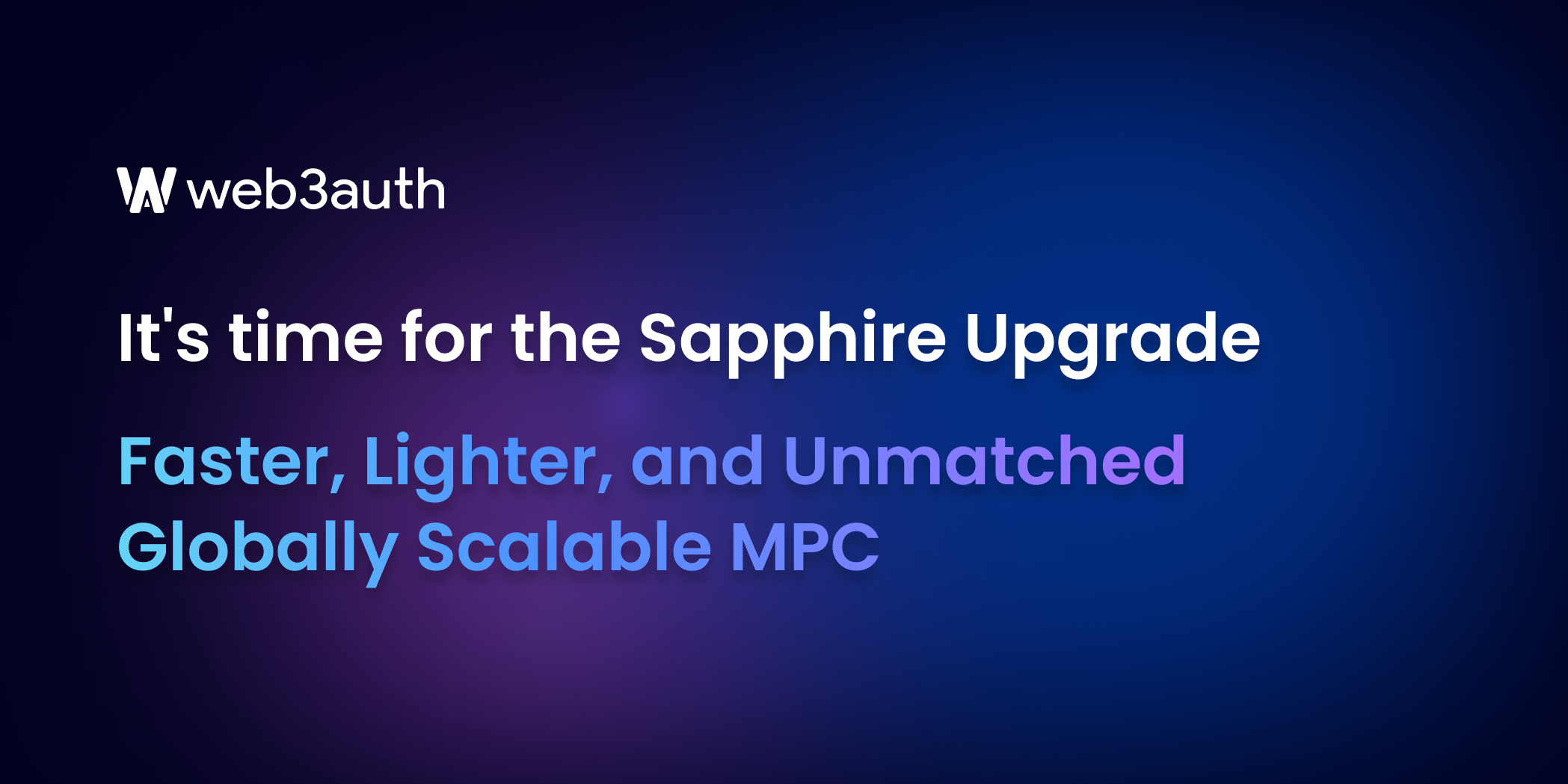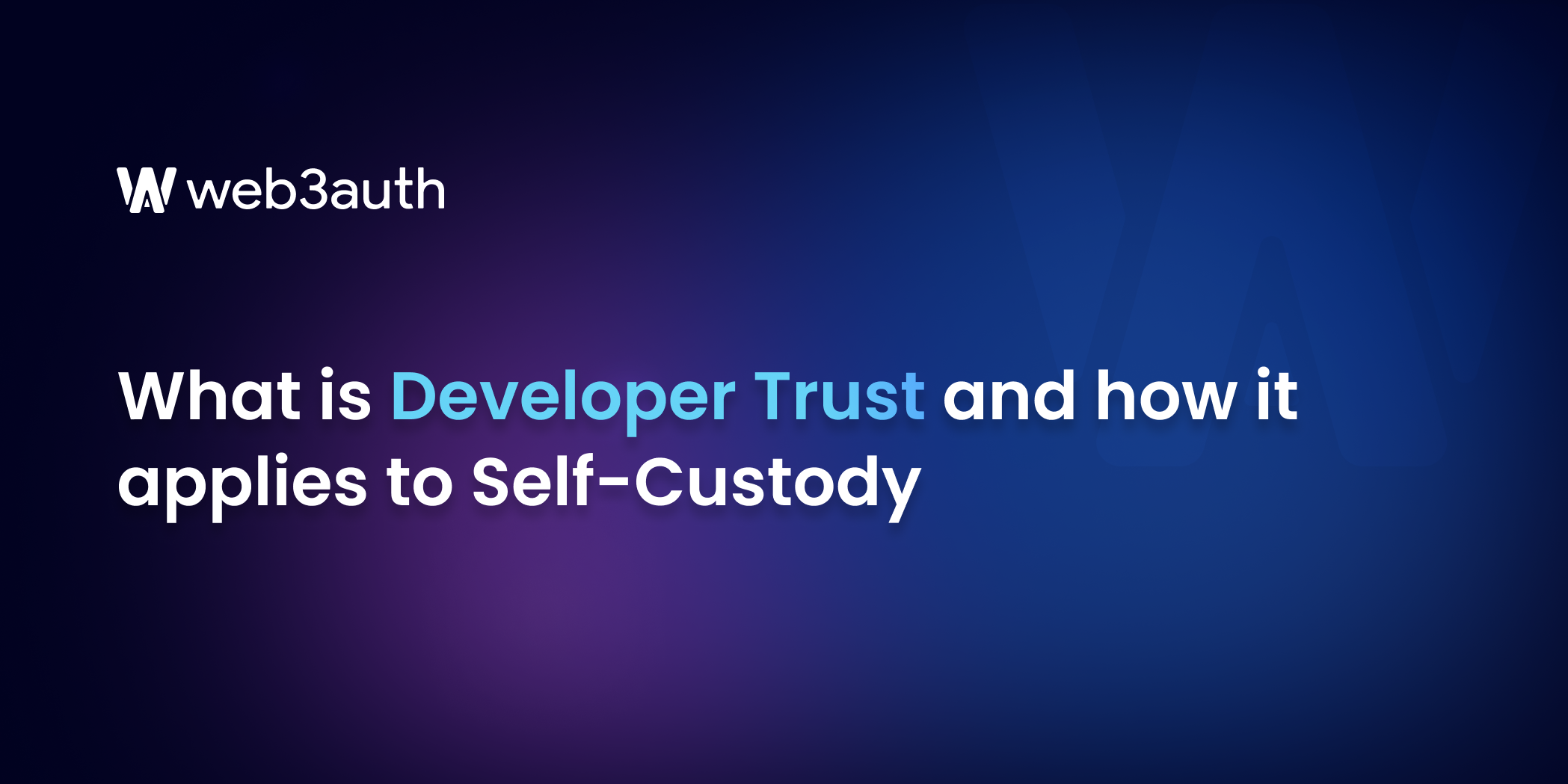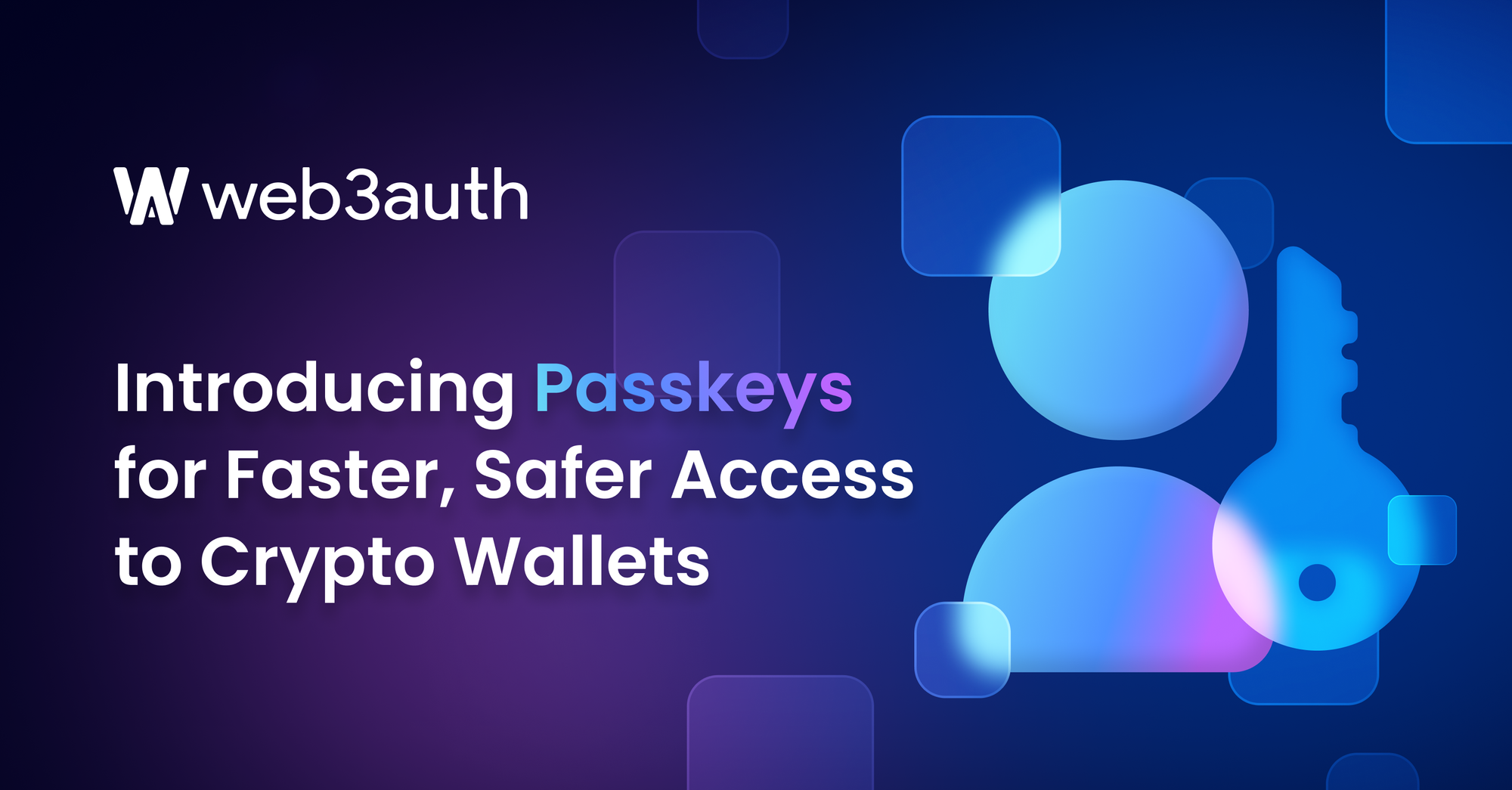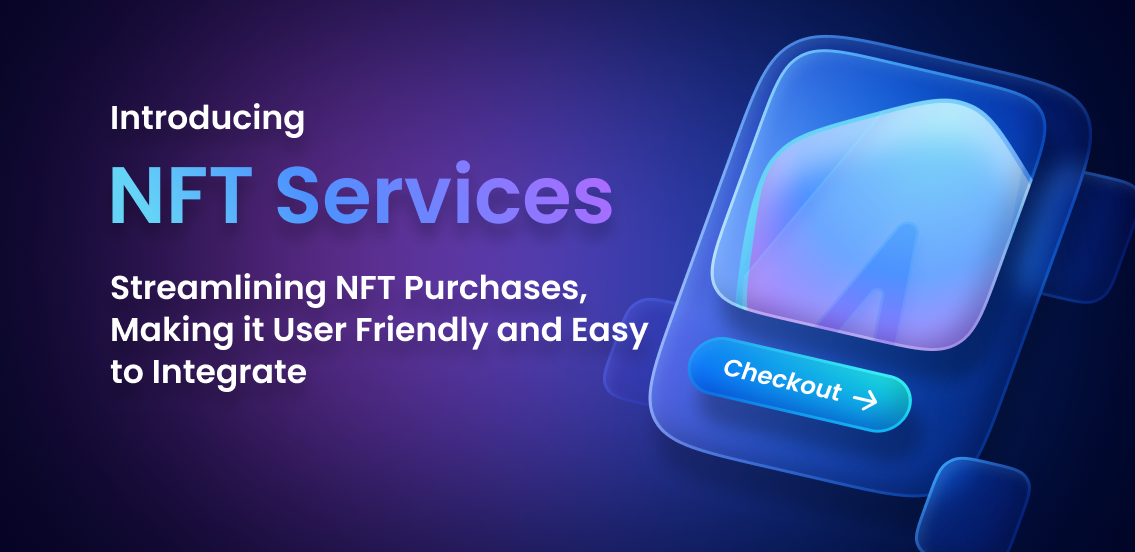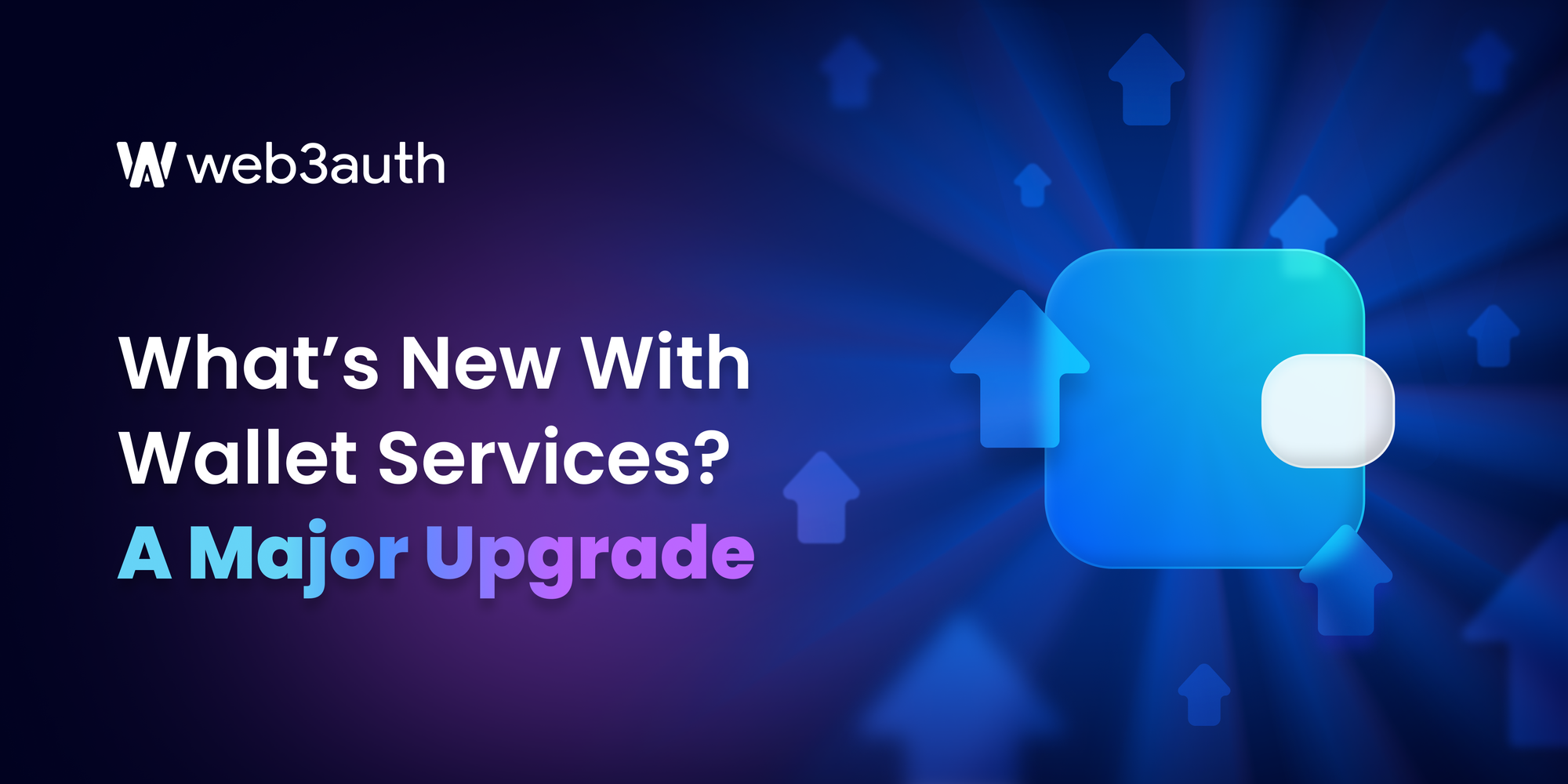Today, we’re excited to share what we’ve been working on for our community - an upgrade for our 10 million monthly users, Sapphire. Sapphire brings the latest and greatest MPC infrastructure designed from ground up for self-custody, distributed low latency and global scalability. Over the next few weeks we’ll be migrating all of our older networks to Sapphire, this piece goes through what to expect from the upgrade.
Sapphire provides low latencies, horizontal scaling and unparalleled performance, no matter where you are in the world.
Legacy networks are being migrated one by one. In the order of; Testnet, Mainnet, Cyan, and Aqua. Mainnet will be migrated from the 15th to 16th July, for other networks the schedule will be subsequently announced. For the duration of the migration, applications and users can expect some degradation in certain regions.
Current applications don't need to upgrade their SDKs, but can do so for faster performance.
For the applications using our legacy products like CustomAuth SDKs and Torus Direct Web SDKs are recommended to use our newer Core Kit SDKs to make sure they're getting the benefits of the latest network speed and to avoid deprecation issues.
The Sapphire Upgrade — Globally Scaling our Distributed Architecture
Built from the ground up, we think Sapphire is going to be a game-changer for global decentralized applications and wallets using Web3Auth. It is a globally available, horizontally scalable and fault tolerant network that ensures an extremely fast, light-weight, and modular authentication system for a new generation of dApps. Under the hood, Sapphire retains our distributed MPC architecture and operates each “node” setup globally. Each “node” setup runs a coordinator that deploys Kubernetes orchestrations in different regions. These orchestrations sync within the “nodes” themselves and communicate with other nodes to conduct distributed key generations (DKGs), TSSs and resharing schemes. This allows for:
- Sapphire to be available in multiple regions around the world - currently US central, South America, Asia and West Europe, with more to come. This directly contributes to uniform low login, authentication and signing speeds across the globe.
- Regional orchestrations operate on a stateless horizontally scalable architecture on demand, unlocking prior key generation bottlenecks. This means that, as the number of users and requests increase, the network can effortlessly expand its capacity to handle them, ensuring seamless, uninterrupted service for all users, regardless of global demand.
- Retaining our distributed architecture means the same unparalleled level of security and fault tolerance in the system. In its three years of operation, our legacy mainnet has never gone down - and we can expect the same or even better guarantees for Sapphire
A Seamless Transition: Migration and Upgrades
As we usher in this new era of Web3Auth’s Auth Network with the Sapphire upgrade, we want to assure all our users and developers that the transition from our older networks will be seamless and backward compatible. We understand the potential risks and the immense responsibility that comes with migration from one network to another. Hence, we are undertaking this task in a meticulously planned, gradual, and secure manner to ensure the safety and non-custodiality of the users' keys.
As part of our testing procedures, we recently conducted a successful migration from our Testnet to the Sapphire Testnet. This allowed us to stress test our systems and iron out any kinks before proceeding with the migration on our mainnets.
Next we will commence migrating our mainnets to Sapphire. The migration will follow a sequential order, starting with the Mainnet, followed by Cyan and Aqua. To minimize disruption to our users, these migrations will primarily take place during weekends when user interactions are at their minimum.
Mainnet will be conducted on July 16th, and while we are making every effort to ensure maximum availability of our networks during this transition, please bear in mind that there may be degradation in certain regions. Dates for the next few migrations will be subsequently announced on our Community Portal from time to time. We appreciate your understanding and patience during this pivotal upgrade.
Getting the most out of this upgrade
To maximize the benefits of this transition, we will be releasing updated versions of all our SDKs with internally updated endpoints.
For users with previous versions of the Plug and Play SDKs, the transition to the new network will be automatic, ensuring a smooth transition with minimal intervention required on their part. While this is true, upgrading to the soon releasing Plug and Play SDK V7 will provide additional comprehensive support for the Sapphire’s API, further improving speeds and latencies.
Do note, users using the Core Kit SDKs, an update to the latest version of the SDK is necessary to benefit from all that Sapphire has to offer. For the applications using our legacy products like CustomAuth SDKs and Torus Direct Web SDKs are recommended to use our newer Core Kit SDKs to make sure they're getting the benefits of the latest network speed and to avoid deprecation issues.
All new dApps are recommended to use the Sapphire Network for their production applications moving forward.
What’s next? Perhaps take a look at:
If you are building a Wallet or a dApp and you are looking to onboard the next billion users onto Web3, sign up here to try out our SDKs.



